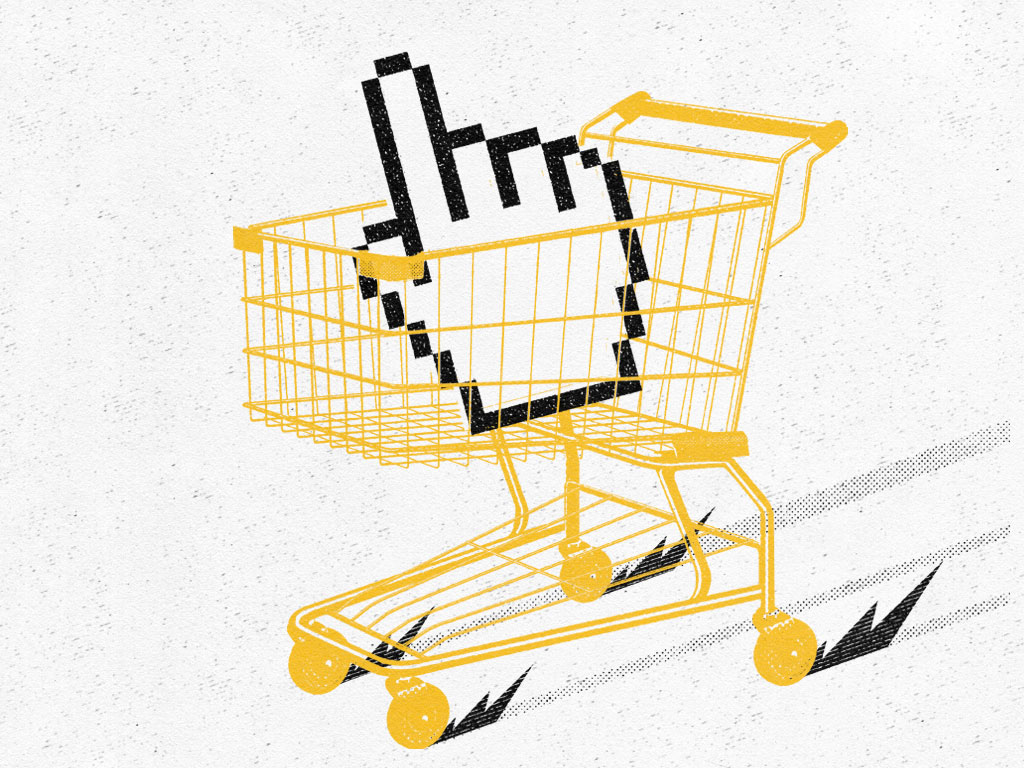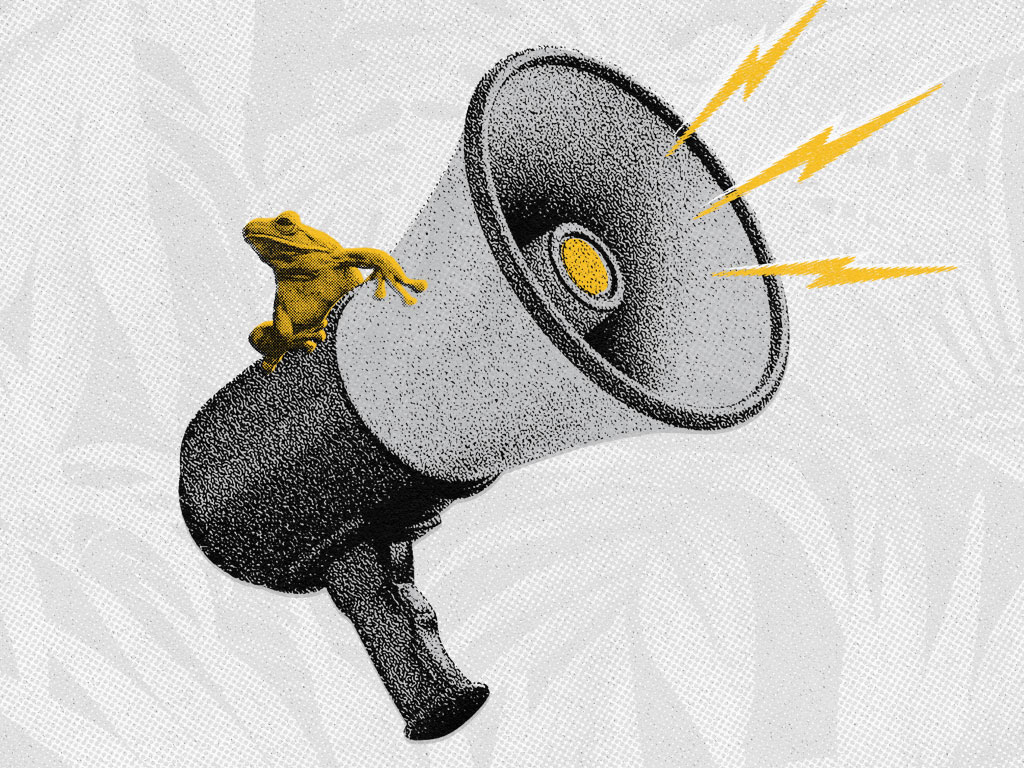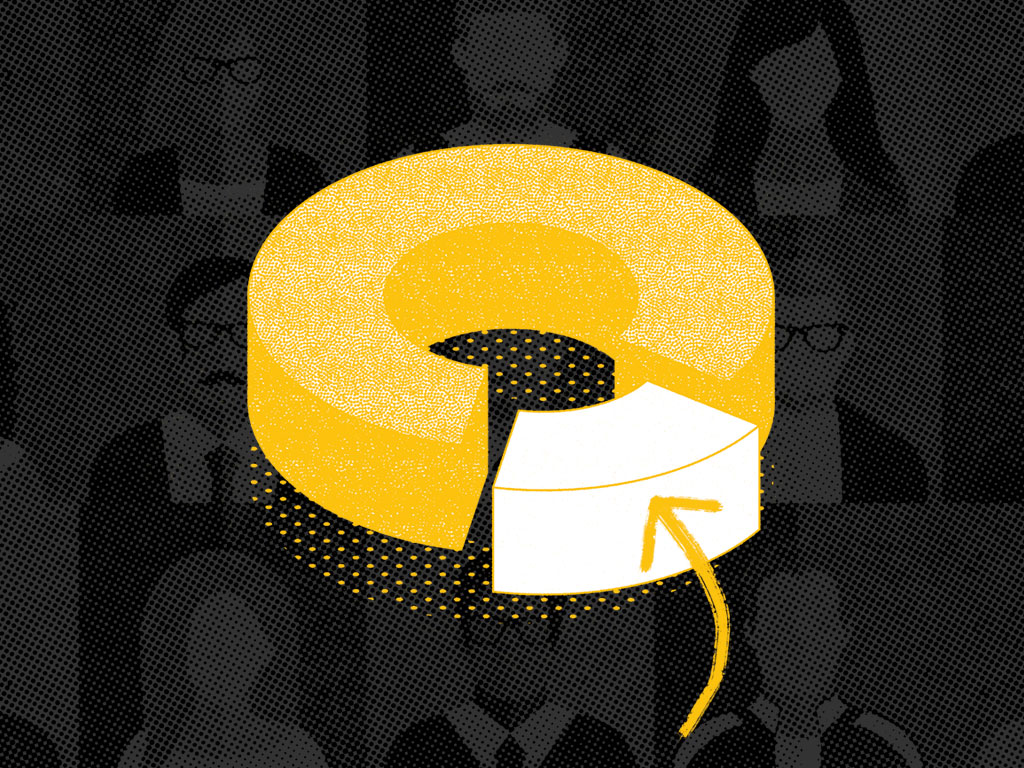Consumers can buy just about anything online in today’s market. From the comfort of their couches, they can shop for everything from groceries to luxury cars, compare prices with a few clicks, and have items delivered to their doorstep in a matter of hours. With so many options at their fingertips, businesses must stand out to capture their audiences’ attention and drive sales.
And what does it take to stand out to these digital savvy consumers? A modern, customer-centric e-commerce experience. This means that implementing customer-centric strategies is essential. This guide will explore the key components of a successful e-commerce experience, from understanding why a customer-centric approach is critical for e-commerce businesses to optimizing checkout processes.
Let’s talk shop: The business value of a customer-centric e-commerce experience
First things first, let’s explore why a customer-centric e-commerce experience is crucial for business success. Most obviously and most importantly, a seamless and intuitive online shopping experience can significantly impact your bottom line. By prioritizing user experience, you can:
Increase conversions
A well-designed e-commerce site encourages visitors to become paying customers, boosting your sales.
Improve customer satisfaction
Happy customers are more likely to return and recommend your brand to others, creating a positive word-of-mouth effect.
Enhance brand loyalty
A positive customer experience fosters loyalty, leading to repeat purchases, long-term relationships, and increased lifetime customer value.
Reduce customer support costs
A well-designed e-commerce experience can minimize customer inquiries and support tickets, saving time and resources.
Gain a competitive advantage
By prioritizing user experience, you can differentiate your brand from competitors and attract more customers.
Make it easy: Craft a seamless shopping experience for e-commerce customers
A seamless e-commerce shopping experience is like choosing a smooth ride on a lazy river over battling whitewater rapids: no sudden drops, no unexpected twists, just pure, unadulterated fun. When customers have a great time navigating your online store, they’re more likely to stick around and maybe even return with their friends.
Simply put, a seamless shopping experience drives higher conversion rates and fosters customer loyalty to increase high lifetime customer value. Here are some simple dos and don’ts to help you break it down:
- Do: Make your website navigation as intuitive as finding your favorite snack in a vending machine. Clear categories, logical structure, and a search bar that actually works are your best friends.
- Don’t: Overwhelm customers with too many options. Keep it simple and focused.
- Do: Invest in high-quality product images, videos, 3D models, and engaging descriptions. Consider a mix of lifestyle images and cut-out-background images. Your customers are visual creatures!
- Don’t: Use low-resolution images or the same images at different zoom levels.
- Do: Optimize your website for mobile. More and more people are shopping on their phones, so make sure your store looks and feels great on any screen.
- Don’t: Ignore mobile users and force them to squint and pinch to zoom.
Learn more about crafting seamless, streamlined user experiences with Cognitive Load Theory.
Personalization and segmentation: Tailor the e-commerce experience for every customer
Personalization is key to delivering tailored experiences that resonate with customers. By leveraging data and analytics, businesses can group customers based on demographics, behavior, or preferences and use this information to offer personalized recommendations, targeted promotions, and much more.
To harness the power of personalization, consider the following:
- Do: Use data to segment your customers and offer personalized recommendations.
- Don’t: Treat all customers the same. Everyone has unique preferences, so tailor your approach.
Build trust and security: Essential elements for e-commerce success
Trust is the cornerstone of successful e-commerce. Businesses must implement robust security measures to protect customer data, communicate transparently to create trust, and leverage trust signals to instill confidence. These go a long way in establishing loyalty.
To make it even simpler, consider the following:
- Do: Prioritize data security. Protect your customers’ information like it’s your own—because it is. Your business owns it.
- Don’t: Be shady about your privacy policies. Be transparent and upfront.
- Do: Display trust signals like security badges and customer reviews.
- Don’t: Let your customers doubt your credibility.
How safe is your data? Learn more about cloud security management.
Streamline the checkout process: Remove friction for higher conversion rates
A smooth and streamlined checkout process is crucial for minimizing cart abandonment and increasing conversions. Checkout forms that request only essential information and offering guest checkout options that remember user information for a quicker checkout are just two ways to minimize roadblocks to conversion.
Here are some more things to keep in mind:
- Do: Keep it simple and straightforward. Nobody wants to fill out a novel-length form.
- Don’t: Make your customers jump through hoops to complete their purchase.
- Do: Enable Mobile Wallet and Payment Systems that utilize auto-fill features and integrated payments.
- Don’t: Exclude mobile payment options because they require an additional integration step or aren’t natively supported on your commerce platform.
- Do: Offer multiple payment options. Not everyone likes to use a credit card.
- Don’t: Force customers to create an account if they just want to make a single or quick purchase.
CRO is all about removing friction from the buyer’s journey. See how it pairs with paid media.
Evolve with the times: Test e-commerce innovations
The e-commerce landscape constantly evolves, with new trends and technologies emerging regularly. Today, consumers don’t just expect you to offer the next big thing -they often demand it. Staying abreast of new trends and understanding how ongoing innovations impact your business strategy and, perhaps more importantly, your consumers, is critical.
Some notable e-commerce trends to keep an eye on include:
Headless commerce
- Do: Consider headless commerce to decouple the front-end and back-end for greater flexibility and scalability.
- Don’t: Rely on outdated monolithic platforms that limit your ability to adapt to changing trends.
Augmented Reality (AR)
- Do: Explore AR to enhance the shopping experience by allowing customers to visualize products in their own environment.
- Don’t: Miss out on the opportunity to provide a more immersive and engaging shopping experience.
Voice search
- Do: Optimize your website for voice search to cater to customers who prefer to use voice commands.
- Don’t: Neglect this growing trend and miss out on the nearly 1 billion voice searches taking place every month.
Did we hear you mention voice search optimization? Let’s talk about it.
Artificial Intelligence (AI)
- Do: Use AI-powered chatbots and recommendation engines to personalize the shopping experience and provide efficient, on-demand customer service.
- Don’t: Rely solely on human customer support that may not be available 24/7.
Social commerce
- Do: Integrate social media platforms with your e-commerce store to leverage the power of social sharing and recommendations.
- Don’t: Ignore the potential of social commerce to reach new customers and drive sales.
Always learn: The importance of continuous improvement
A successful e-commerce experience is not a one-time achievement. It requires ongoing monitoring, testing, and optimization.
Do: Regularly gather KPI data and feedback from real users to identify pain points and areas for improvement.
Don’t: Set it and forget it. A passive approach to e-commerce rarely leads to growth.
Based on your findings, make data-driven changes to your ecommerce site and continuously refine your approach. By prioritizing continuous improvement, you can ensure that your ecommerce experience remains relevant, engaging, and effective in the ever-evolving digital landscape.
Do: Elevate your e-commerce user experience with Tallwave
By implementing customer-centric strategies, businesses can create thriving online stores that drive growth and customer satisfaction. No matter whether you need a quick store-front implementation or want to take a more thoughtful and iterative approach to great experience design, we’re here to support each step of your growth journey.
Ready to elevate your brand’s e-commerce experience? Tallwave offers expert guidance and digital agency services to help you achieve your goals. Let’s connect.















